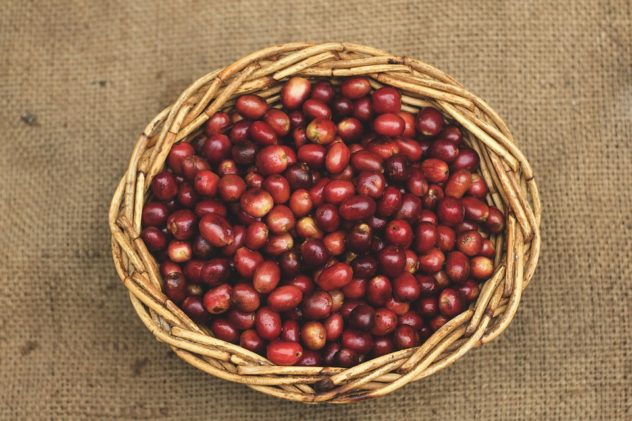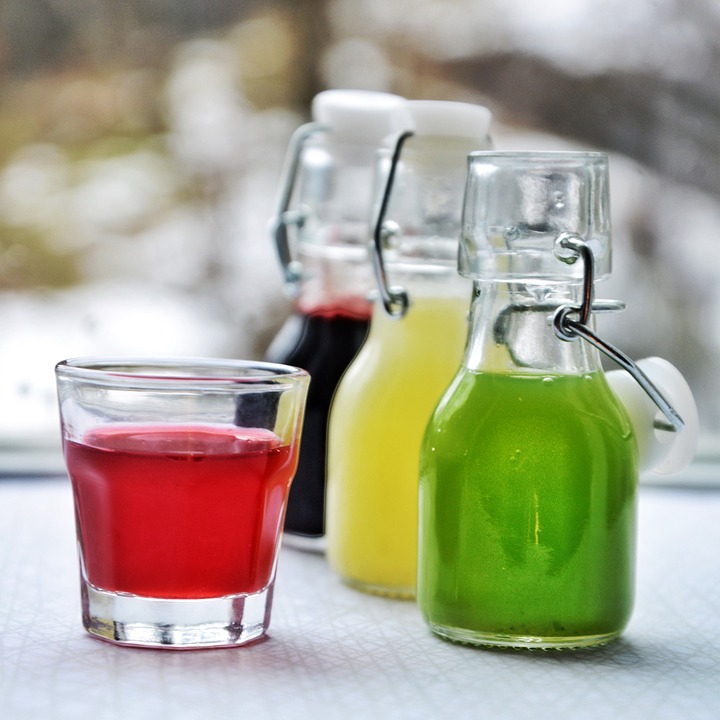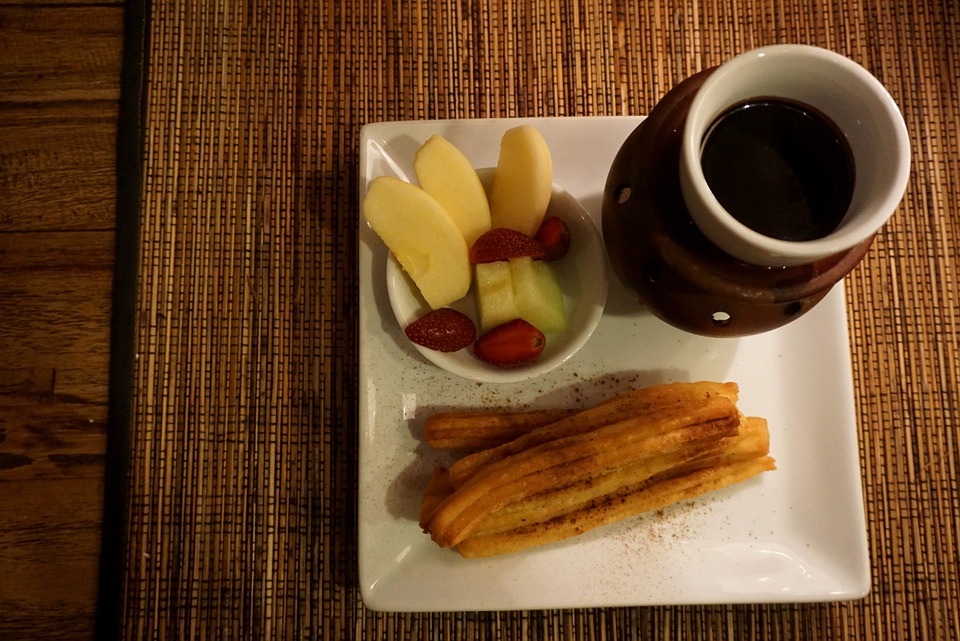While the island of Java is synonymous with coffee, the coffee industry on Sumatra is an important contributor to Indonesia’s ranking as the fourth-largest global coffee producer.
Origins
Around 1696, a governor in India from the Dutch East India Company, sent an arabica coffee seedling to the governor of what is now known as Jakarta, the capital of Indonesia. When the arabica coffee plant flourished, Indonesia began to export their crops from Java to Europe. However, it wasn’t until the 1870s that Sumatra was considered one of the main islands for cultivation. Arabica coffee would have remained the only type of bean grown in the country, if it hadn’t been for the coffee rust disease that infected the crops and destroyed a large percentage of the crops. Robusta beans were then supplanted by the government; though a lesser quality than arabica, they were most resistant to the disease. Robusta beans began growing in Sumatra in the early 1900s until the country had adequately recovered from the disease setback.
Types and Flavors
Today, most of Sumatra’s coffee is grown from arabica beans, which is why the island’s coffee is considered to be highly sought after. Mandheling, Lintong, and Gayo types of Sumatran coffee are cultivated on the northern ends of the island near Lake Toba and Tawar. Sumatran coffee is described to have a sweet, intense flavor.Mandheling coffee is considered to have a more syrupy taste than Lintong coffee, which is known for its distinct cedar and spicy flavor that permeates the sweetness. In the Gayo region, the coffee is produced using the Gilling Basah method, which is a method of dry-processing the coffee by removing the fruit from inside the bean. Sumatran coffees are best for those who prefer less acidity to their drinks.
If you’re interested in trying some Indonesian coffee, stop by, and we’d be happy to introduce to to the aromas and flavors or the Indonesian beans we stock.



